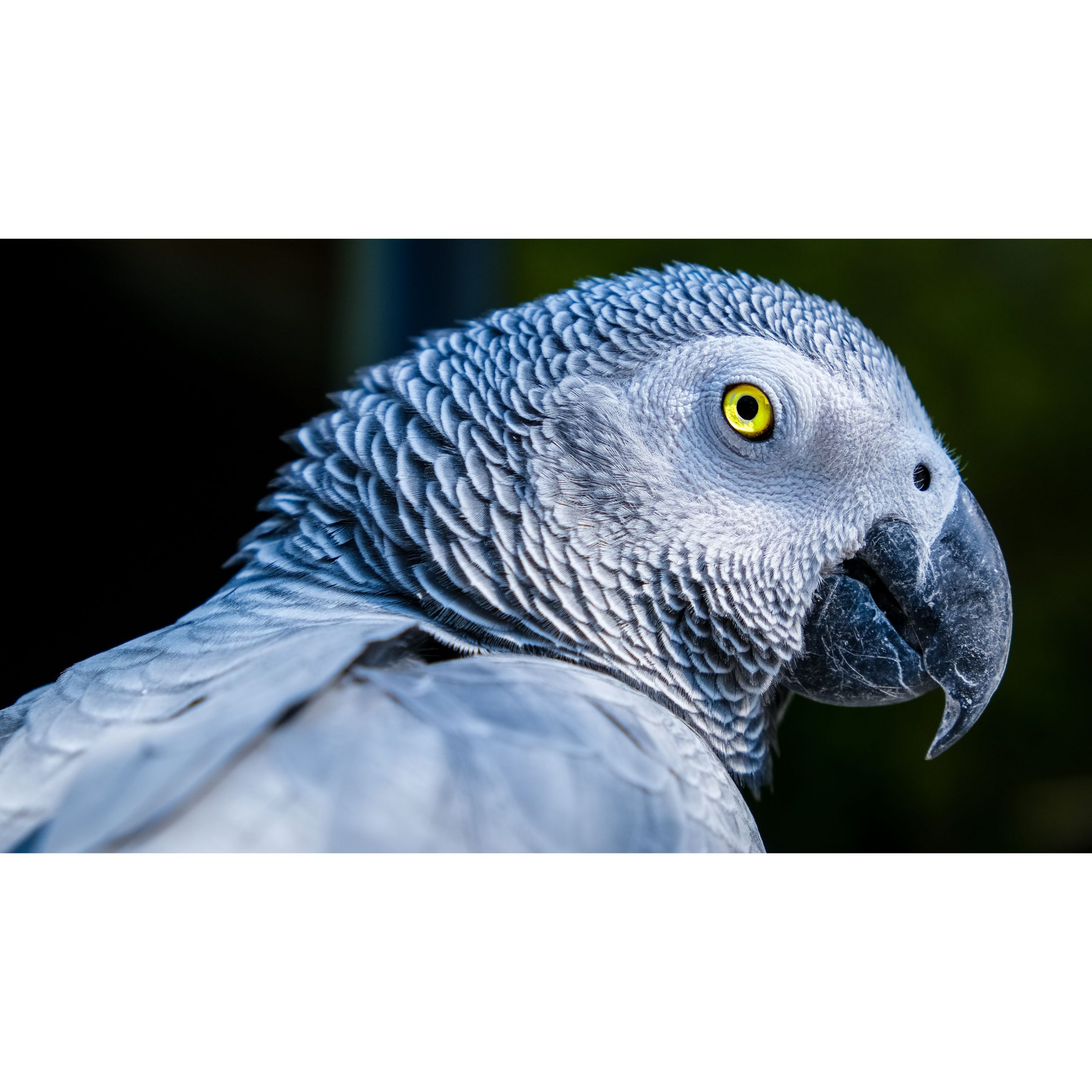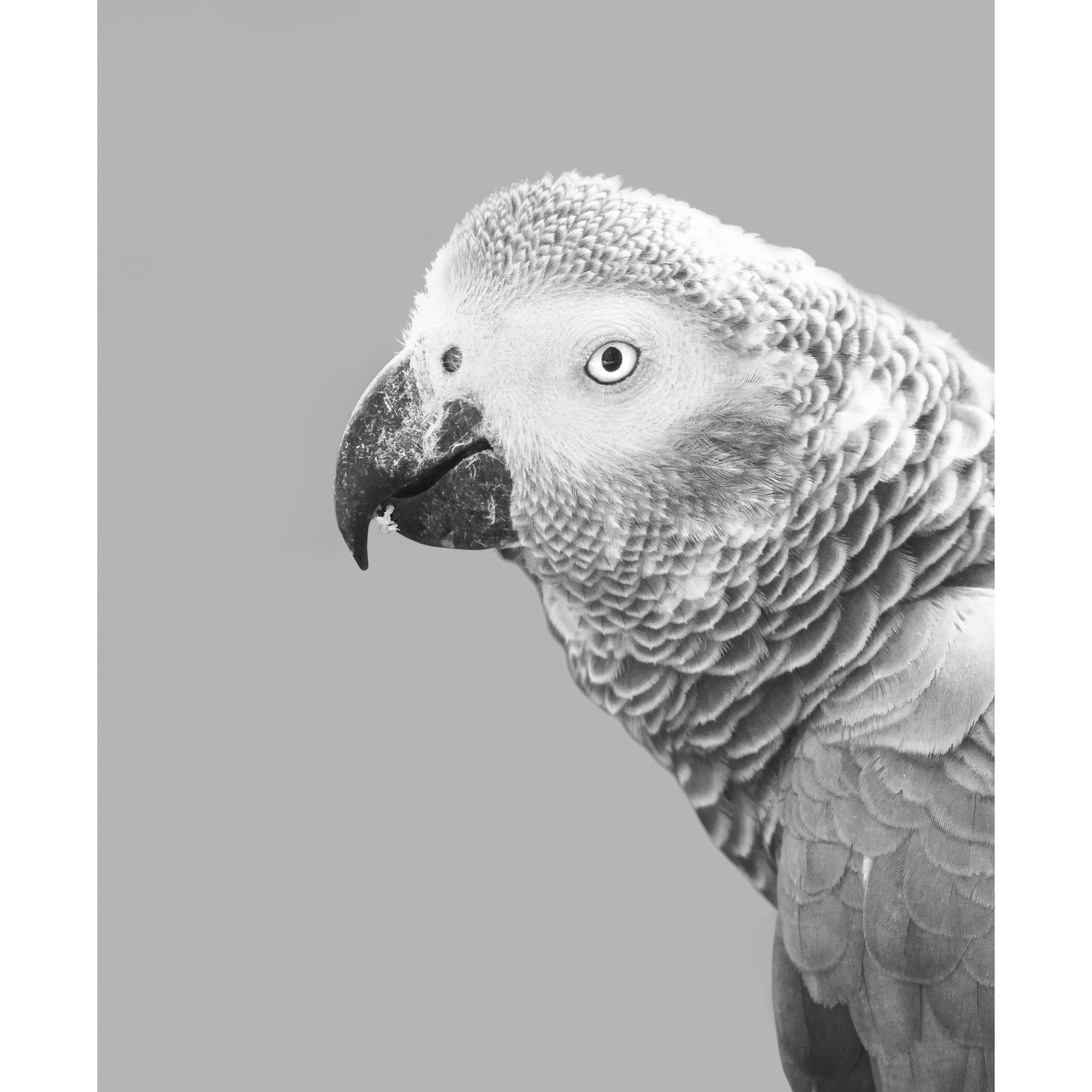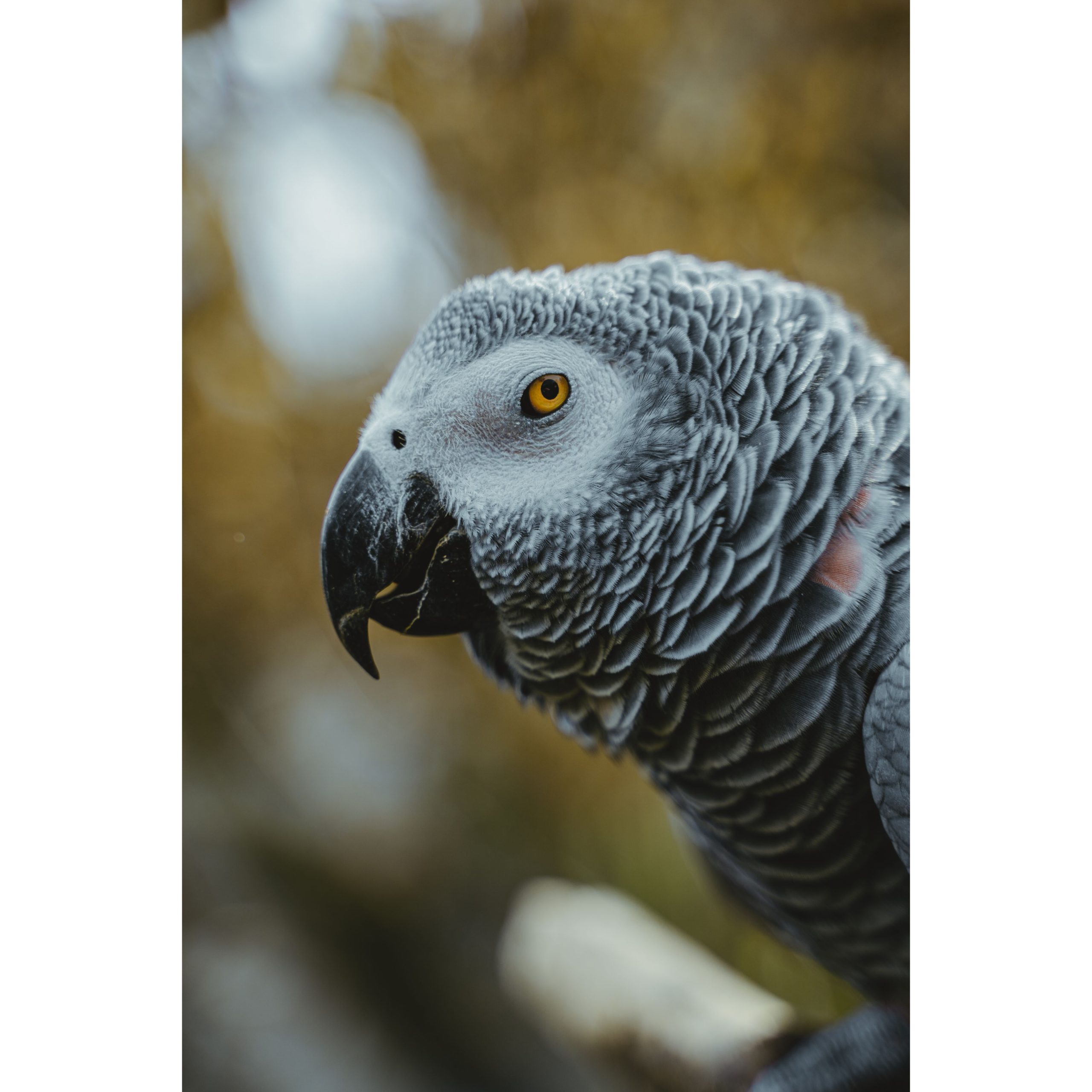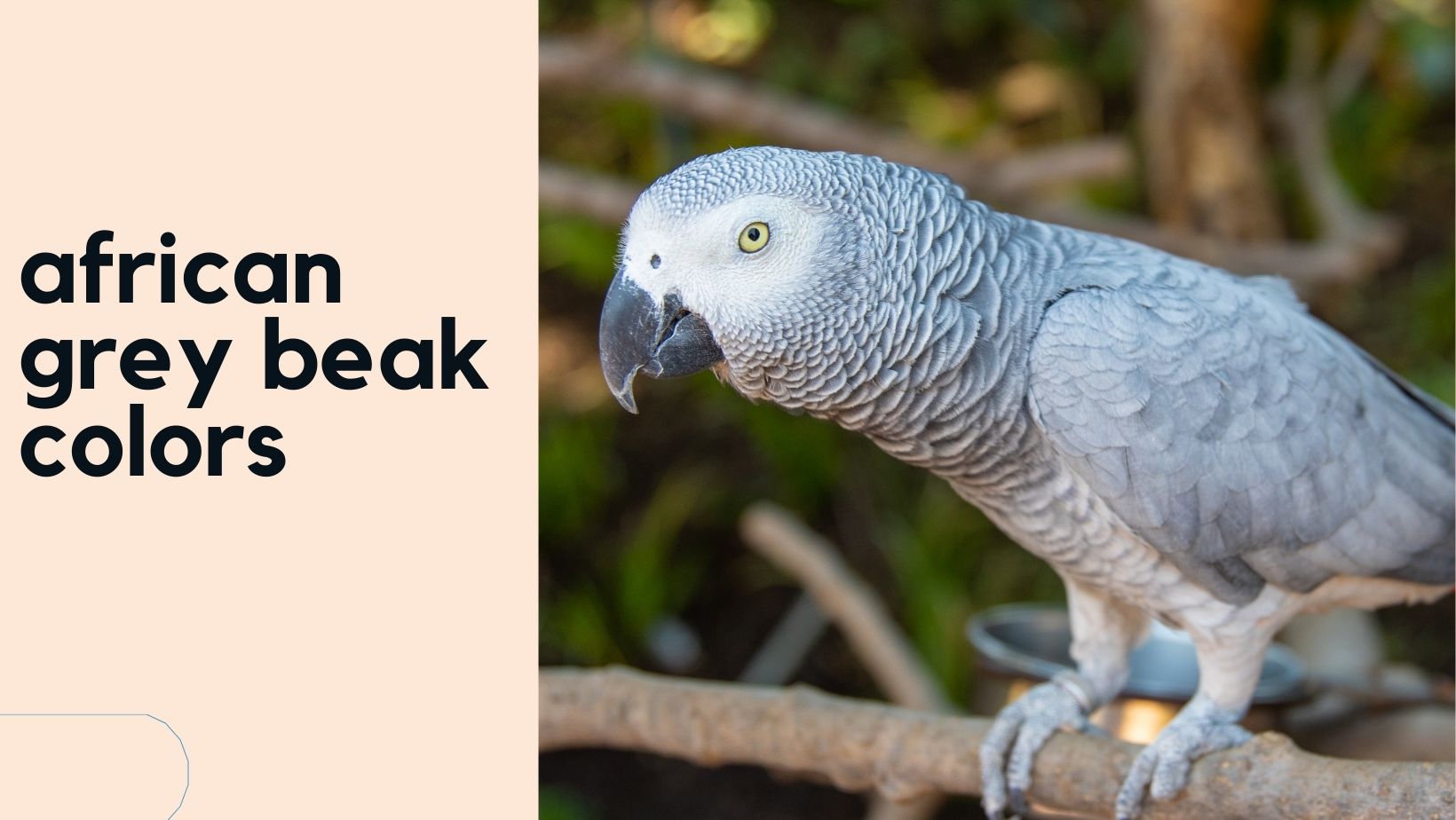Introduction to African Grey Beak Colors
The African Grey Parrot, renowned for its intelligence and captivating personality, is a species that captures the hearts of bird enthusiasts worldwide. While their grey feathers are iconic, the colors of their beaks hold a unique fascination for those keen on understanding avian beauty. In this article, we delve into the captivating world of African Grey beak colors, unraveling the mysteries behind their hues and exploring the factors that contribute to their vibrant palette.

Natural Variations in Beak Colors
African Grey Parrots exhibit a spectrum of natural beak colors, ranging from shades of black to horn-colored. This diversity is influenced by genetic factors and adds to the individuality of each bird. Understanding these natural variations lays the foundation for comprehending changes in beak colors over time.
Age-Related Beak Color Changes
As these parrots age, their beak colors may undergo transformations. A young parrot may display a different hue than its mature counterpart. Observing these changes is not only fascinating but also provides insights into the bird’s life stages.

Health Indicators in Beak Colors
The beak serves as a health barometer for African Grey Parrots. Changes in coloration can signal underlying health issues, making it crucial for bird owners to monitor their feathered companions closely. From nutrient deficiencies to infections, the beak can reveal valuable information about the parrot’s well-being.
Dietary Influence on Beak Colors
A well-balanced diet plays a pivotal role in maintaining the vibrancy of an African Grey’s beak. Specific nutrients contribute to pigmentation, and bird owners can enhance the brilliance of their parrot’s beak colors by providing a nutritionally rich and varied diet.

Environmental Factors Impacting Beak Colors
Beyond genetics and diet, the living environment significantly impacts beak colors. Adequate sunlight exposure, mental stimulation, and a stress-free atmosphere contribute to the overall well-being of African Grey beak, manifesting in the vibrancy of their beak colors.
Beak Care Tips
Ensuring optimal beak health involves regular grooming and preventive measures. Bird owners can incorporate beak care into their routine, promoting not only attractive colors but also the bird’s comfort and health.
Understanding Beak Patterns
Beyond solid colors, African Grey beaks may exhibit patterns and markings. These unique features are not only aesthetically pleasing but also hold significance for avian enthusiasts who seek to understand their feathered friends on a deeper level.
Common Misconceptions About Beak Colors
In our journey through the realm of African Grey beak colors, we dispel common myths and misconceptions, providing accurate information to empower bird owners with the knowledge needed for responsible care.
Aesthetic Appeal of Vibrant Beaks
The aesthetic charm of vibrant beaks goes beyond mere visual delight. It reflects the overall health and vitality of the parrot, enhancing the bond between pet and owner. Appreciating the beauty of these natural palettes adds an extra dimension to the joys of pet ownership.
Beak Color Changes in Captivity
While African Greys thrive in captivity, certain factors can influence their beak colors. Responsible pet ownership involves creating an environment that mimics their natural habitat, ensuring the preservation of their inherent beauty.
Expert Insights on Beak Coloration
To enrich our understanding, we tap into the expertise of avian professionals. Their insights provide valuable recommendations for maintaining optimal beak health and celebrating the natural beauty of African Grey beak Parrots.
Cultural Significance of Beak Colors
Intriguingly, beak colors hold cultural significance in various societies. We explore historical references and cultural beliefs surrounding these hues, adding a layer of depth to our appreciation of these magnificent creatures.
Common Challenges in Beak Color Maintenance
As with any aspect of pet care, challenges may arise in maintaining beak colors. From environmental factors to dietary adjustments, we address common challenges faced by bird owners and offer practical solutions for a harmonious coexistence.
Conclusion
In concluding our exploration of African Grey beak colors, it’s evident that these hues are more than just a visual spectacle. They serve as indicators of health, vitality, and the unique character of each parrot. By understanding the factors that contribute to beak colors, bird owners can ensure the well-being of their feathered companions and forge a deeper connection.
Frequently Asked Questions
- How often should I groom my African Grey’s beak?
-
- Regularly check your bird’s beak for any abnormalities and consult a vet for professional advice on grooming frequency.
- Can the environment really affect my parrot’s beak colors?
-
- Yes, environmental factors such as sunlight exposure and mental stimulation can influence the vibrancy of your African Grey’s beak.
- What should I do if I notice changes in my bird’s beak color?
-
- Promptly consult with a vet to rule out any health issues and ensure appropriate care for your parrot.
- Is a varied diet essential for maintaining colorful beak hues?
-
- Yes, providing a nutritionally rich and diverse diet is crucial for the overall health and vibrant colors of your African Grey’s beak.
- How can I create an environment that promotes beak health?
-
- Ensure a stress-free atmosphere, ample sunlight exposure, and mental stimulation to support your parrot’s overall well-being and beak vibrancy.

1 thought on “African Grey Beak Colors: Unveiling the Palette of Nature’s Masterpiece”